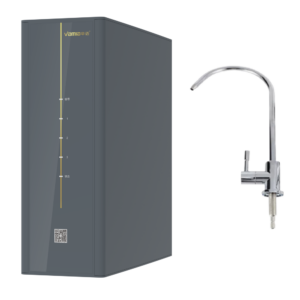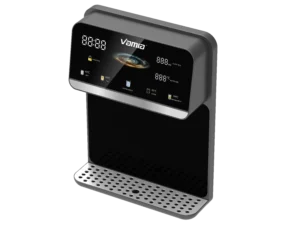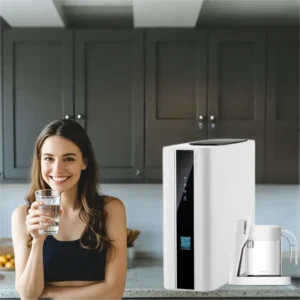Is Tap Water Really Clean?
Tap water is generally considered safe for consumption in many developed countries.
It undergoes a series of treatment processes, including coagulation, sedimentation, filtration,
and disinfection, to remove impurities and kill harmful microorganisms. However,
the question of whether it is truly “clean” is more complex than it seems.

It undergoes a series of treatment processes, including coagulation, sedimentation, filtration,
and disinfection, to remove impurities and kill harmful microorganisms. However,
the question of whether it is truly “clean” is more complex than it seems.

The treatment of tap water aims to meet certain standards set by regulatory bodies.
These standards ensure that the water is free from high levels of contaminants such as bacteria,
viruses, heavy metals like lead and mercury, and chemical pollutants. But even after treatment, tap water can still contain trace amounts of substances.
These standards ensure that the water is free from high levels of contaminants such as bacteria,
viruses, heavy metals like lead and mercury, and chemical pollutants. But even after treatment, tap water can still contain trace amounts of substances.
For example, chlorine is commonly used for disinfection in water treatment plants. While it effectively kills
pathogens, it can leave behind a residual taste and odor. Moreover, in some cases, chlorine can react with
organic matter in the water, forming disinfection by-products such as trihalomethanes (THMs),
which have been associated with potential health risks.

pathogens, it can leave behind a residual taste and odor. Moreover, in some cases, chlorine can react with
organic matter in the water, forming disinfection by-products such as trihalomethanes (THMs),
which have been associated with potential health risks.

Another factor to consider is the condition of the distribution system. Pipes that transport tap water from
the treatment plant to our homes can be old and corroded. This can lead to the leaching of metals like lead into
the treatment plant to our homes can be old and corroded. This can lead to the leaching of metals like lead into
the water, especially in older buildings. Even in newer buildings, there may be issues with plumbing materials that can affect the quality of the water.
In addition, tap water can contain minerals and salts. While some of these minerals are beneficial in moderation,
Water Purifier Factory, Water Purifier For Home, Water Purifier Machine,Water Purifier, Water Filter Purifier System
Water Purifier Factory, Water Purifier For Home, Water Purifier Machine,Water Purifier, Water Filter Purifier System
an excessive amount can cause problems. For instance, hard water, which contains high levels of calcium and magnesium,
can lead to scale buildup in pipes and appliances, reducing their efficiency and lifespan.
can lead to scale buildup in pipes and appliances, reducing their efficiency and lifespan.
So, while tap water is generally safe, it may not be completely “clean” in the sense of being free from all potential contaminants.
This is why many people consider additional water treatment options, such as installing a water filter, to further improve the quality of the water they consume.

This is why many people consider additional water treatment options, such as installing a water filter, to further improve the quality of the water they consume.

